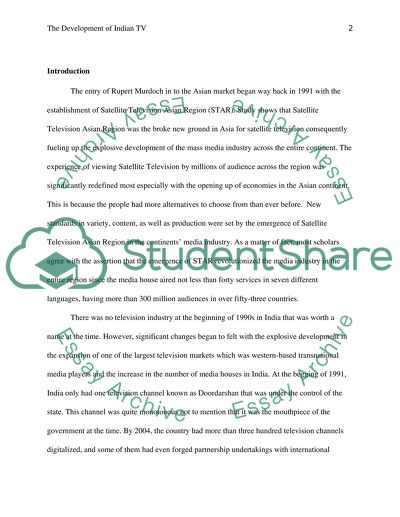Cite this document
(“The Development of Indian TV Essay Example | Topics and Well Written Essays - 2000 words”, n.d.)
Retrieved from https://studentshare.org/sociology/1441511-ychglobal-television-is-another-form-of
Retrieved from https://studentshare.org/sociology/1441511-ychglobal-television-is-another-form-of
(The Development of Indian TV Essay Example | Topics and Well Written Essays - 2000 Words)
https://studentshare.org/sociology/1441511-ychglobal-television-is-another-form-of.
https://studentshare.org/sociology/1441511-ychglobal-television-is-another-form-of.
“The Development of Indian TV Essay Example | Topics and Well Written Essays - 2000 Words”, n.d. https://studentshare.org/sociology/1441511-ychglobal-television-is-another-form-of.


